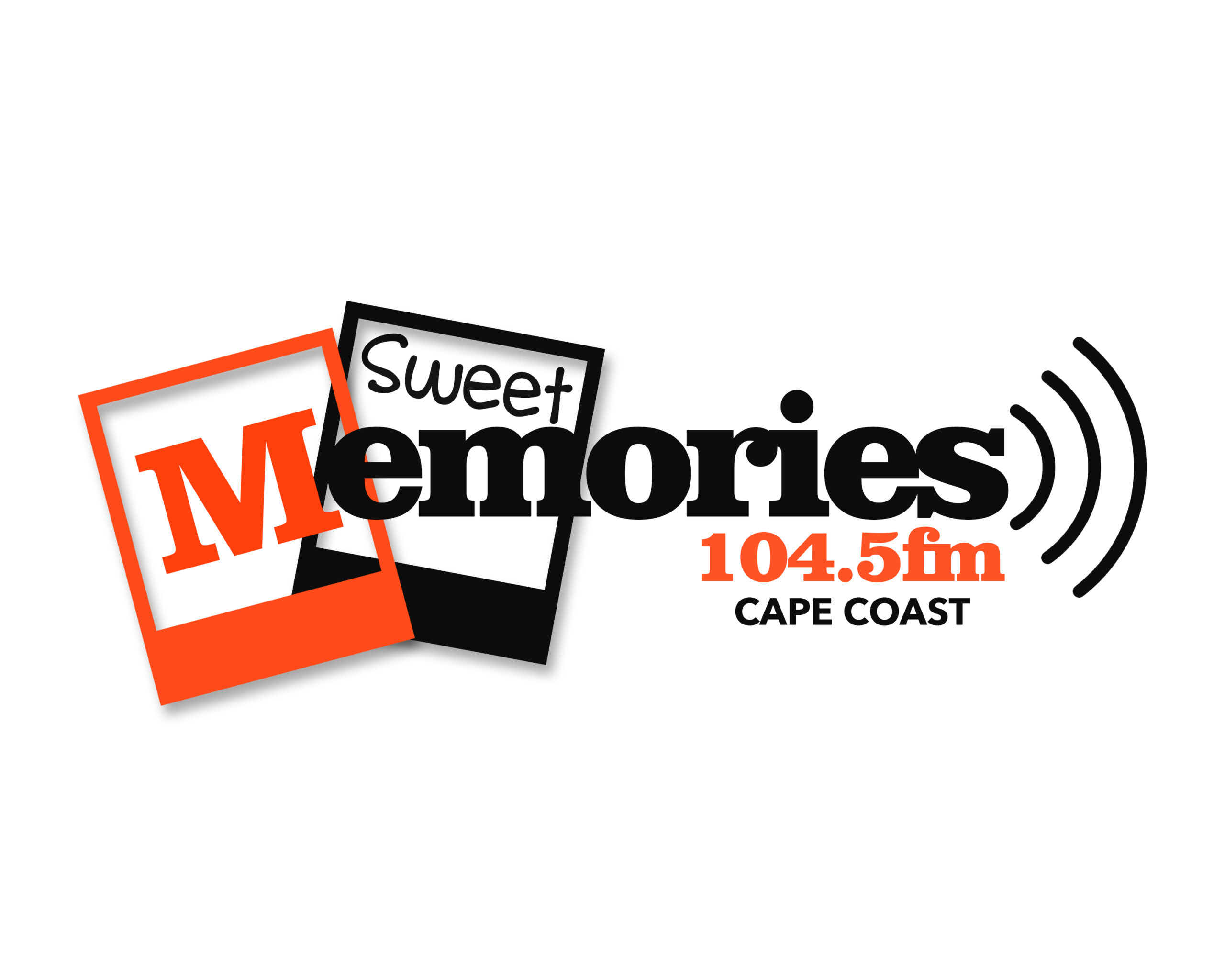The Christiansborg Archaeological Heritage Project, led by Professor Rachel Ama Asaa Engmann, has collected 1,800 artifacts in the Osu Castle to educate the public on occurrences during the Danish-Gold Coast slave trade period.
The artifacts, including Bristo Schweppes bottles and bottles of mineral water, cowries, beads, writing slates, mugs and saucers, smoking pipes and simple farm tools like hoes, were believed to be items the Danish colonial masters and their servants used while residing at the Castle.
The Project, being implemented by descendants of the Danes, most of whom are Ghanaians, saw the workers digging metre by metre to discover most of the items that were used during the colonial periods.
The aim is to exhibit them when the Castle is transformed into a Museum to maintain Ghana’s rich heritage and educate the citizenry and tourists on Ghana’s past.
Prof. Engmann, of Critical Heritage, Stanford University, and a descendant of former Danish Governor Cal Engmann of the Osu Castle, said prior to the Christiansborg Archaeological Heritage Project, no archaeological research had been conducted on the site.
In 2014, she said the project, being funded by the French Embassy, was given permission to begin archaeological investigations at the site and that they had excavated an extensive pre-colonial settlement.
The settlement included the foundations of houses and what was tentatively thought to be a kitchen as it contained three stones (for balancing a cooking pot) and charcoal, in keeping with local cooking area design.
“We have also retrieved a large collection of local and foreign manufactured objects obtained through the transatlantic trade. We have identified what is commonly known as ‘African trade beads’ that were produced in other parts of Africa, as well as Europe, including Italy and Holland.”
Ceramics including Chinese and European ceramics (Wedgewood and Royal Doulton), alongside local pottery and African smoking pipe and numerous Dutch, English, German and Danish clay smoking pipes were recovered from the site.
The descendants working on the project also discovered slate fragments, typically used for writing, faunal remains, seeds, metals, stones, daub, cowrie, and other shells.
“With the assistance of local fishermen, we even excavated a canon immersed in sand that had fallen from the castle above down onto the beach below! Under the castle, we also discovered the entrance to an underground tunnel that led to the nearby Richter House, formerly owned by a successful ‘mulatto’ Danish-Ga trader. The excavated artefact collection will contribute to the plans to develop the castle into a museum,” Prof. Engmann said.
Dr. Sonia Couprie, a Technical Advisor in charge of France-Ghana Higher Education Cooperation and Research, said France believed in promoting history and research in archaeology and considering its relationship with Ghana, it saw it necessary to sponsor the worthy cause.
She said France, which found heritage and tourism very important, was also funding other similar projects in many institutions across Ghana such as the Ashanti Traditional Buildings, Museum of the University of Ghana, and the Museum of Science and Technology to make the richness of the nation’s heritage more visible to the world.
She said if the Government of Ghana transformed the castle into a museum, the Embassy would assess how it could offer support to promote the heritage.
Mr Malik Ludrick Luterodt, a student of the University of Ghana, and a descendant of the first Dane Luterodt family in Ghana, said partaking in the project enhanced his knowledge on archaeology and made him know more about his past.
“The project has also enabled me to enroll in the University of Ghana and pay my fees. Without it, I wouldn’t have known how to survive this,” he said.
Mr Edwin Loco, another descendant from the Fel Loco and Carl Loco family and resident of Osu, said there was a high rate of unemployment in the Osu community, however, the research work on the project gave them daily bread and enlightened them on their history.
